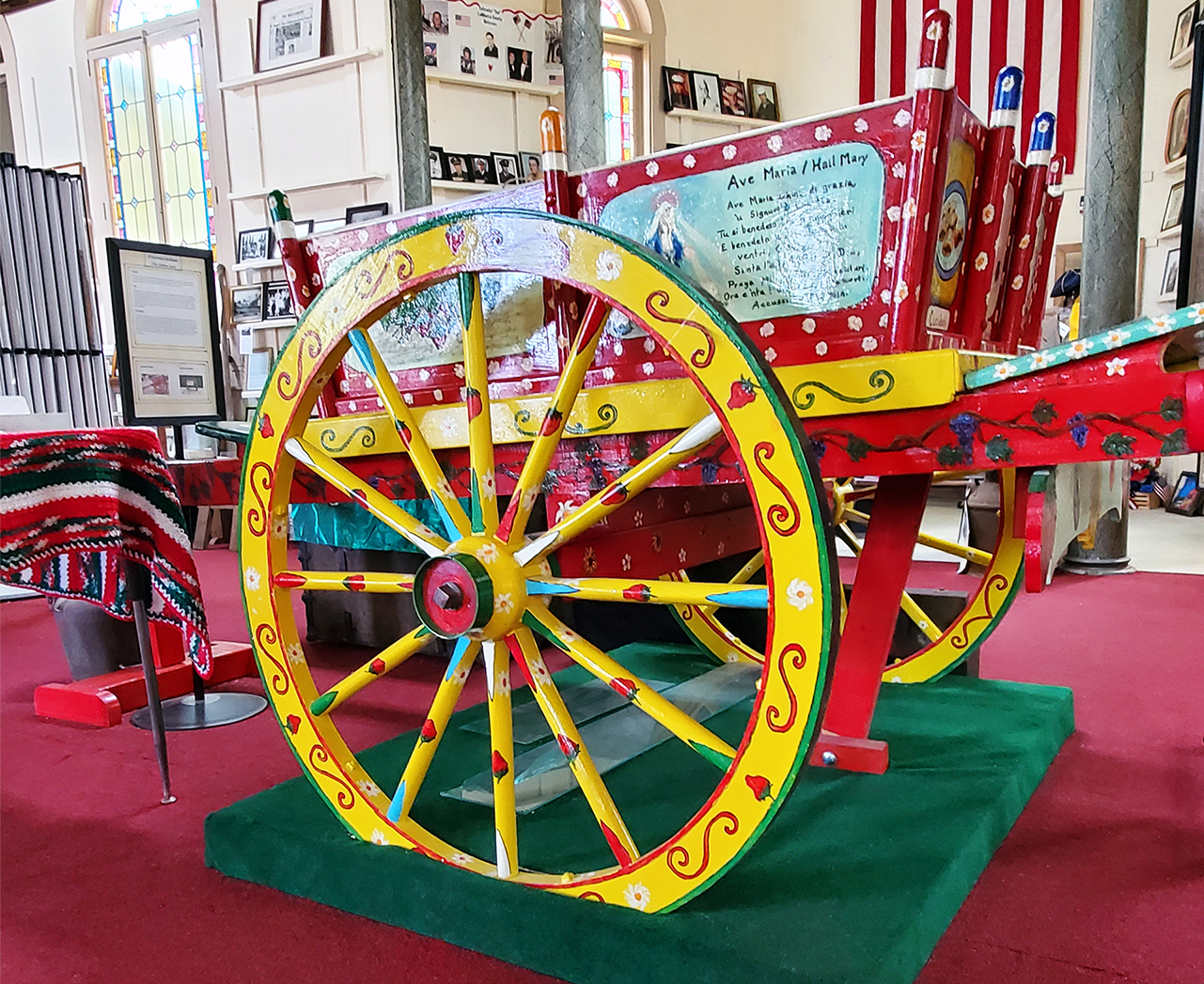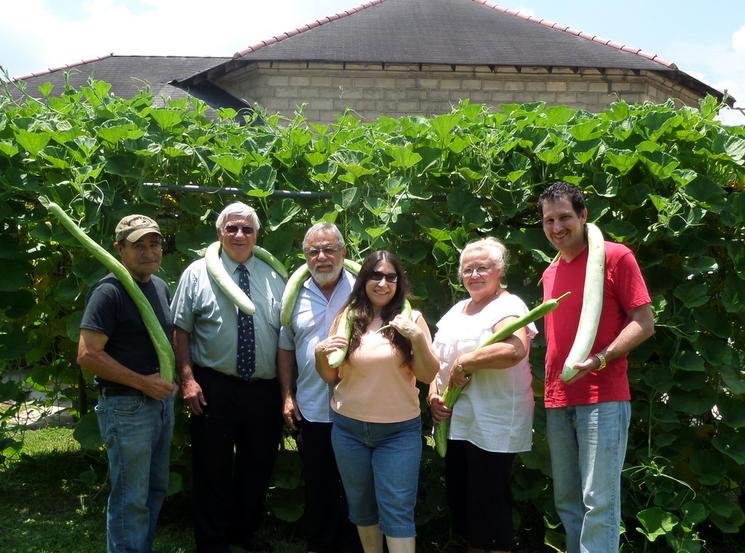With fewer than 2,000 residents, Independence, Louisiana, may be small, but its devotion to its Italian—largely Sicilian—roots runs deep.
It all started in the late 19th century when a large influx of Sicilian immigrants arrived in the state, many taking jobs as sugar cane laborers. A contingent moved to Independence, where they worked the fields of strawberry farms. The rich heritage they brought with them is celebrated at the Independence Italian Cultural Museum. The institution, which is committed to preserving Sicilian and Italian culture, music, art, and language, hosts a variety of fundraisers throughout the year.
I spoke with Lesley Vullo, an Independence resident and Italian dual citizen who volunteers with the museum, to learn more.
Tell us about the significance of the museum's building.
The building was originally the Mater Dolorosa Catholic Church, built in 1908 by Sicilian and Italian immigrants. My great-grandparents and grandparents actually attended church there. When my dad was younger, it was still in use. Then, they built the new church across the street and turned the old building into the museum.
What are some of the events organized by the museum?
Each August, the museum hosts "Cucuzza Day," where people bring their cucuzzi and compete in cucuzza-growing and cooking contests. There are also contests for kids, and seeds are available for purchase.
Then, in September, we have "Sotto Le Stelle," which is essentially a night under the stars. It's an opportunity to bring back the Sicilian spirit of outside dinners and the evening passeggiata. We turn the street outside the museum into an outdoor family dining experience.
We also have holiday cookie sales and spring stuffed artichoke and muffuletta sales. Throughout the year, we offer Sicilian language classes.
Cucuzza Day celebrates the fruits of the giant squash harvest.
What can visitors take away from their museum experience?
The community has donated a lot to the museum. We have everything from wedding dresses and Sicilian musical instruments to a hand-painted Sicilian cart and St. Joseph altar. There's a lot of history here and an opportunity to reconnect with ancestral roots. Independence is a small town, and having this museum here to connect us all is a big deal.

A handmade Sicilian cart is among the displays.
If you enjoyed this article, consider subscribing to my newsletter for more content and updates!


